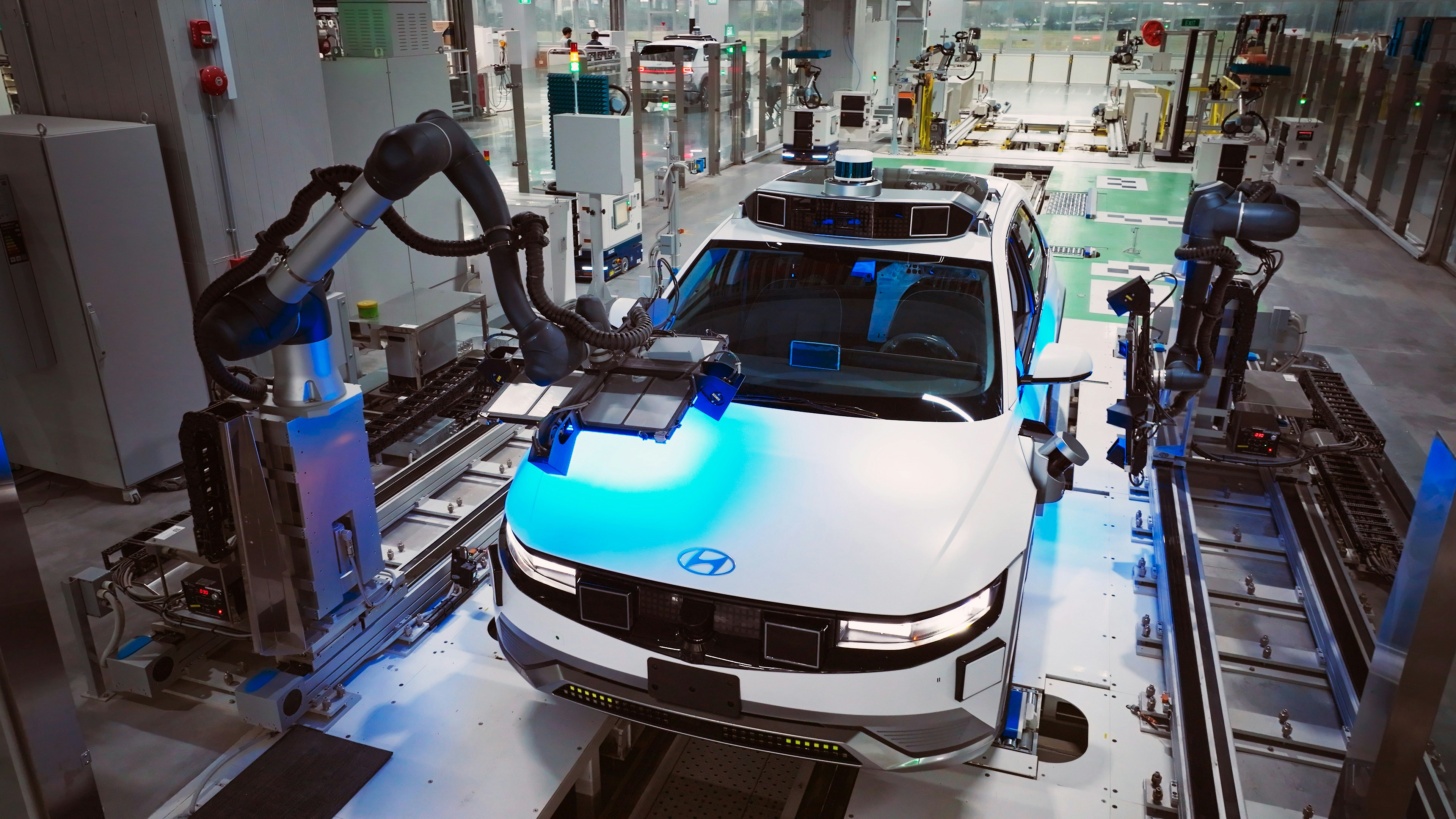
Introduction to New Employment Areas
The landscape of employment in the USA is undergoing significant transformation, influenced by a myriad of factors that are continually reshaping the job market. One of the foremost drivers of new job creation is technological advancement. The rapid evolution of technology, including automation, artificial intelligence, and digital platforms, is not only generating new employment opportunities but is also redefining existing roles within traditional sectors. For instance, jobs centered around data analysis, cybersecurity, and software development are on the rise as businesses increasingly rely on digital solutions to operate efficiently.
Shifts in consumer preferences are another key factor propelling the emergence of new job sectors. As consumers become more environmentally conscious, the demand for sustainable practices across industries has skyrocketed. This change is fostering employment in green technology, renewable energy, and sustainable agriculture. According to recent employment data, sectors associated with environmental sustainability have seen job growth rates of over 10% in the past year, highligting an increasing demand for roles that prioritize ecological well-being.
Furthermore, socio-economic changes, such as the rise of remote work following the COVID-19 pandemic, have led to the creation of diverse job opportunities not previously prioritized. These include roles in remote project management, online customer support, and virtual tutoring. Reports indicate that the flexibility of remote employment has not only widened the talent pool for employers but has also contributed to an improved work-life balance for many employees, suggesting significant shifts in job preferences.
Conversely, while new sectors are emerging, traditional employment areas such as manufacturing and retail are witnessing declines. These shifts necessitate a strategic focus from both job seekers and educational institutions to equip the workforce with skills relevant to the industries of the future. Understanding these trends is essential for adaptation to the evolving employment landscape in the USA.
Technology-Driven Jobs: The Rise of AI and Automation
The rapid advancement of technology, particularly artificial intelligence (AI) and automation, is fundamentally reshaping the landscape of employment in the United States. This transformation is not simply a matter of job displacement; rather, it is sparking the emergence of new job oportunities across various sectors. Industries such as technology, manufacturing, and healthcare are being significantly impacted by these trends, necessitating a shift in the skills that workers must possess to remain relevant in an evolving workforce.
In the tech sector, the development of AI has given rise to positions that require expertise in machine learning, data analysis, and software development. As companies increasingly rely on AI to streamline processes and enhance decision-making, roles that previously did not exist are now crucial for business operations. For instance, data engineers and AI specialists are examples of new professions that focus on building and optimizing AI systems, thereby contributing to job growth in this sector.
Similarly, automation is transforming the manufacturing industry, resulting in increased efficiency and reduced operational costs. While there is a concern about potential job loss due to automation, it also opens avenues for employment in areas such as robotics maintenance and system integration. Workers are now expected to interact with automated systems, requiring a new set of technical skills. On the other hand, the healthcare sector is witnessing the integration of AI for tasks such as diagnostics and patient monitoring, leading to new roles in health informatics and telemedicine.
As industries adapt to technological advancements, it is critical for the workforce to embrace lifelong learning and skill development to thrive in a job market shaped by AI and automation. Balancing the fine line between job displacement and job creation will be an ongoing challenge; however, the adaptability of the workforce will ultimately determine its success in navigating these changes.
Sustainability and Green Jobs: A Growing Sector
The demand for green jobs in the United States is rising significantly, largely driven by an increased awareness of climate change and its consequences on employment andthe economy. As organizations across various sectors begin to recognize the importance of sustainable practices, they are actively adapting their strategies to incorporate eco-friendly alternatives into their business models. This transition not only aids in the fight against climate change but also boosts job creation.
One of the notable sectors experiencing substantial growth is renewable energy. The shift towards wind, solar, and other renewable resources has led to the emergence of numerous job opportunities, ranging from technicians and engineers to project managers and environmental scientists. Additionally, the clean energy sector requires a multitude of roles in research and development, maintenance, and sales, thus providing a diverse array of employment pathways for individuals seeking careers in these fields.
Environmental protection is another rapidly expanding area contributing to green job growth. Professionals in this field focus on preserving ecosystems, promoting conservation efforts, and developing strategies to manage waste more effectively. This sector encompasses roles such as environmental consultants, conservation scientists, and regulatory affairs specialists, all of which play a pivotal role in ensuring sustainable practices are integrated into daily operations across industries.
Moreover, sustainable agriculture represents yet another significant sector where employment is expanding. As practices shift to more eco-friendly methods, jobs in organic farming, agroecology, and sustainable supply chain management are on the rise. Educational pathways leading to these roles include degrees in environmental science, agricultural studies, and sustainability management, which are now increasingly emphasized in academic curricula.
Overall, the integration of sustainability into the job market signals a transformative shift in employment trends within the USA. As businesses strive to meet environmental goals and regulations, the green jobs economy continues to grow, paving the way for a more sustainable future.
Remote and Flexible Work: The New Normal
The landscape of employment in the USA has been notably transformed with the rapid adoption of remote and flexible work arrangements, particularly in the wake of the COVID-19 pandemic. This shift has profoundly impacted workplace dynamics and pushed numerous sectors to create a plethora of remote job opportunities. As organizations faced unprecedented challenges during the pandemic, many were compelled to reevaluate traditional work models and embrace remote solutions as a viable alternative.
One of the most significant benefits of remote work is the potential for improved work-life balance. Employees can often create schedules that align better with personal commitments, thereby increasing job satisfaction. This flexibility not only allows for a more personalized approach to work but has also been linked to enhanced productivity. Individuals can navigate their daily responsibiluties without the constraints of a rigid office environment, which has proven advantageous for many in various job sectors.
However, the transition to remote work has not been devoid of challenges. Maintaining employee well-being and fostering a strong company culture has become increasingly complex. Isolation and disconnection can negatively impact mental health; therefore, organizations are tasked with finding innovative strategies to engage remote employees. Additionally, managers now face the challenge of ensuring performance across dispersed teams, necessitating a shift in how work is assessed and rewards are distributed.
Companies are also developing new policies and technologies to facilitate effective remote work. Investments in digital collaboration tools and virtual training sessions have become essential, allowing businesses to thrive in this evolving landscape. The commitment to flexibility signifies a promising shift towards a more inclusive and adaptive employment environment, one that may redefine the future of work in the USA as we move further into 2025.



